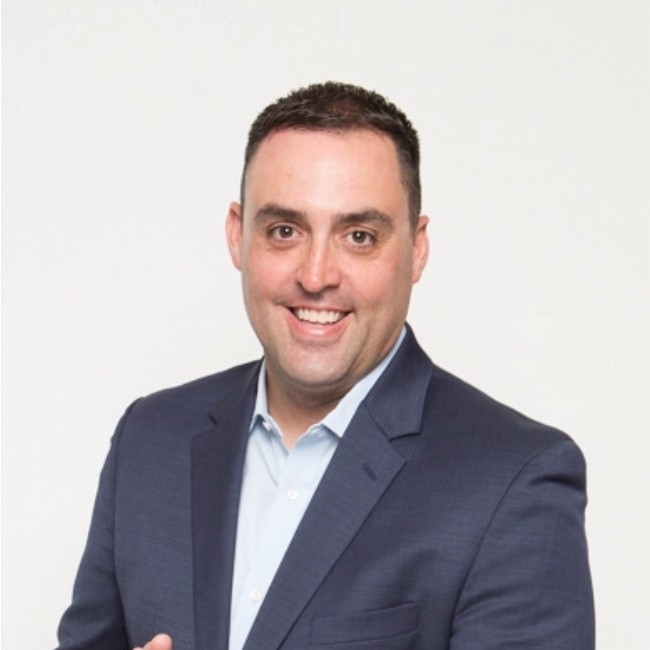Jul 13
2020
Hidden Cost Drivers In Healthcare
By Ben Forrest, CEO, Olio.

Healthcare spending in the United States is higher per-capita than in any other OECD country. Reasons for this unfortunate distinction are many and varied—uncoordinated care, specialty Rx, underutilization of palliative care—but there many hidden factors driving costs for providers.
Re-admissions remain a focus and albatross on the system. They can be incredibly expensive for hospitals, especially if the patient is being treated in a value-based relationship with a payer.
The Affordable Care Act placed a much heavier burden on healthcare providers to prevent readmissions within a 30-day window after discharge, and punishment from government payers can be swift and ruthless. In October 2019, Medicare cut payments to more than 2,500 hospitals, to the tune of $563 million over one year. Hospitals are already feeling a budget crunch from the loss of elective surgeries during the COVID-19 pandemic, so administrators are managing smaller margins.
A well structured value-based arrangement is only as effective as its infrastructure and care model behind it. Given that hospitals discharge patients to dozens, if not hundreds, of nursing homes and home health agencies, it can be difficult to maintain adequate communication across the care continuum. There are a number of ways to improve coordination with post-acute community partners, and hospital administrators and heads of population health should consider the following when developing a plan to address re-admissions: